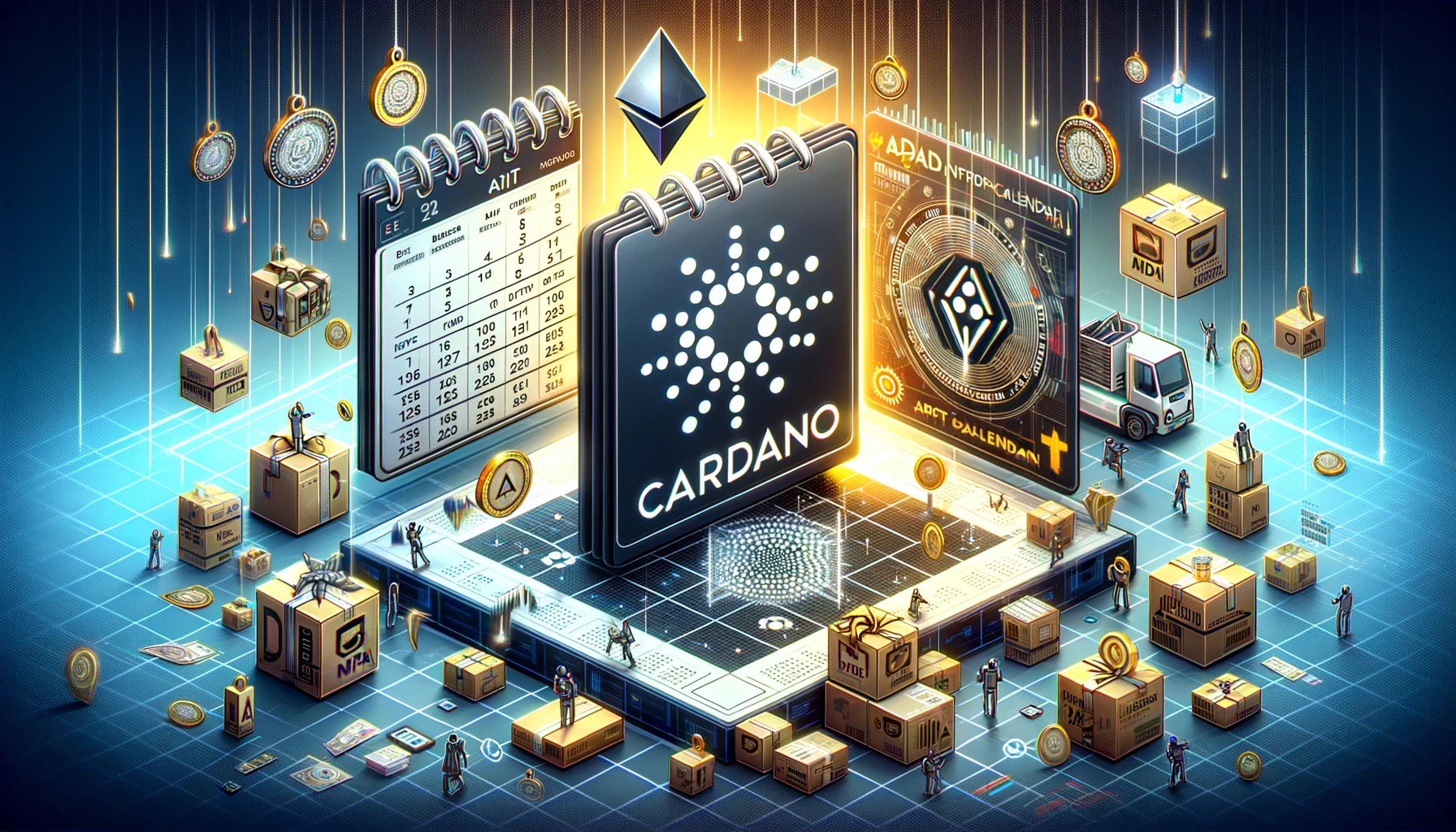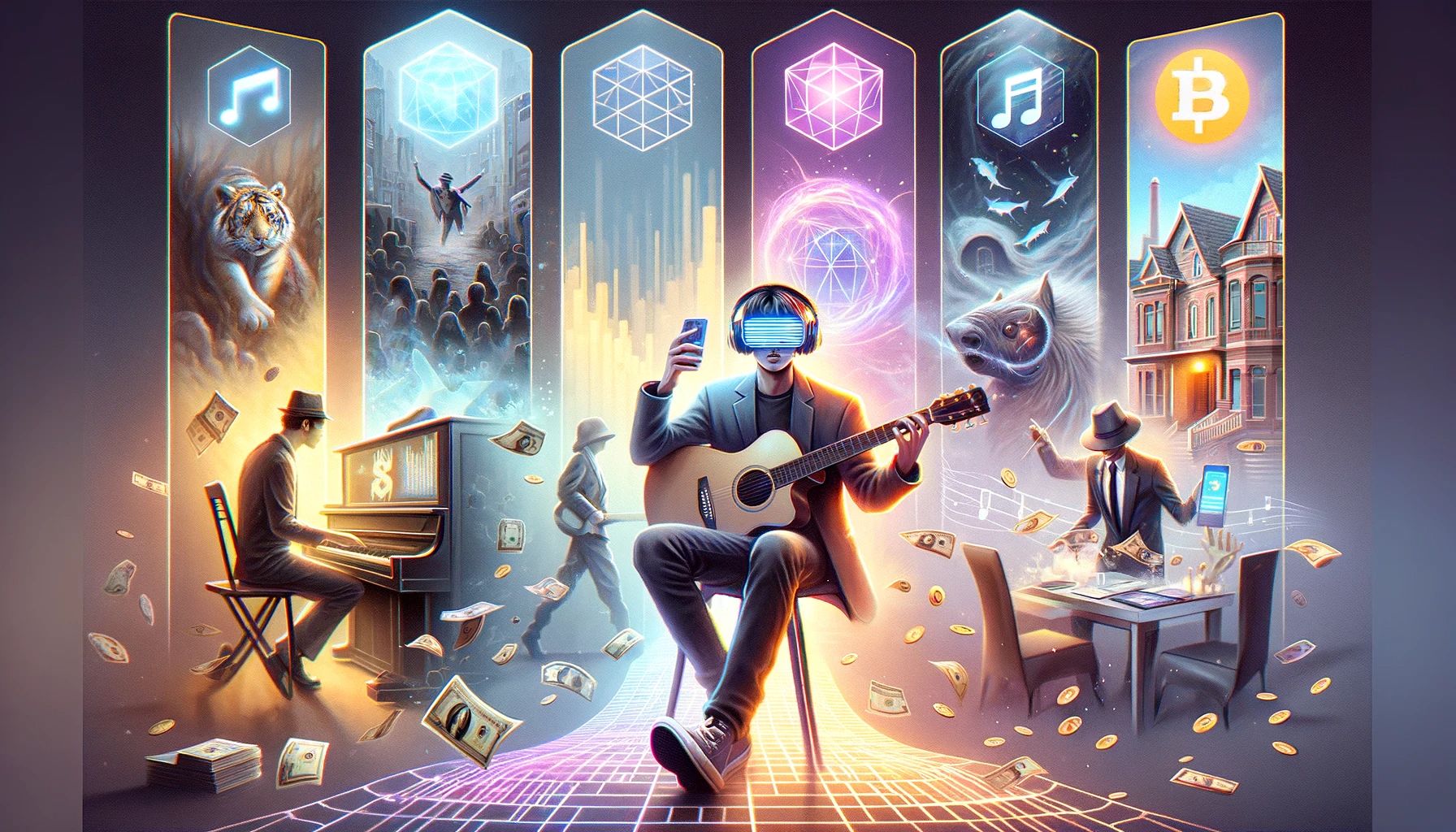How This L2 Feature Could Change the Baseball Cards Industry
September 18, 2022 - 8 min read
Innovation on widely-adopted blockchains like Ethereum opens doors for new possibilities of digital collectibles. L2s, layer 2 networks, like Boba, can improve transaction times and capacity while reducing the costs to transact, thus paving the way for new innovative ideas.

As collectors’ items go, baseball cards probably aren’t the first thing that comes to mind. Yet, they’re one of the most successful collector industries around, being valued at well over $1.3 billion USD. This figure doesn’t come out of thin air, with the history of baseball cards actually going back further than you probably think.
While modern singular picture cards of individual players began in 1886, with the N167 Set being the first in recorded history, whole team pictures date back as early as 1840. Just after the American Civil War, baseball cards started to become more popular, with so-called ‘Cabinet Cards’ showing entire teams on a single card.
This industry has grown over the years, with 2022 actually being a record-breaking year. While baseball cards might have faded out of most people’s memory, there is still an international community of collectors that seek the rarest and most exclusive cards. One of these, a 1952 Mickey Mantle baseball card was sold on August 28th of this year for $12.6 million USD.
Mickey Mantle’s card blew all others out of the water, claiming the title of the most expensive card sold. It surpassed the 1909 Honus Wagner card, which sold a few years back for $7.25 million. These figures demonstrate the financial backing that this community has, with baseball cards being an incredibly sought-after trading medium.
One of the problems with this industry is that cards decompose over time, losing quality - and value - if they’re kept in poor conditions. While the top range cards are exquisitely taken care of, this means that the middle and bottom tier cards are quickly falling in value due to mistreatment.
A collector's industry like this is the perfect location for NFTs, with the blockchain industry turning its sights toward this medium. In this article, we’ll break down the movement of the trading card industry to blockchain, outlining the potential problems and solutions that a leap into the modern age poses.
Let’s get right into it.
How Would NFT Baseball Cards Work
NFTs (Non-Fungible Tokens) are digital assets that cannot be replicated or copied. Minted (created) on an ERC-721 token, most NFT assets are placed on the Ethereum blockchain. Within the baseball card industry, creators could make an NFT version of all of the currently available cards. This project would create permanent assets that wouldn’t degenerate, get lost, or be lost to disasters like fires.
Placed on the blockchain, users could trace who owns what card, allowing collectors to seek out their favorites with ease. What’s more, the permanence of blockchain ensures that everyone knows who the owner is, with the security this system provides creating a baseball card industry free of theft.
With 1-1 transfer through smart contracts, trading these cards would also be a breeze, with users creating the terms of their agreement and exchanging the digital assets into their wallets. This industry lends itself to collector items as NFTs are all about creating collector assets that cannot be duplicated.
In short, it seems like the perfect industry to intertwine with blockchain and NFTs
What’s the problem with this?
Out of all the blockchain networks currently available, Ethereum is by far the most popular for development. Including a comprehensive developer toolkit and excellent smart contract system, anyone that wants to build or create within blockchain typically tends to use this ecosystem.
Especially for NFTs and minting new NFTs, which is the system that blockchain networks would use, Ethereum would be the obvious pick. The only problem with this is that Ethereum has a notoriously low transactions per second rate. Although there are plans to improve this in the future, Ethereum is currently kicking around 15 transactions per second. Considering there are thousands of Dapps and deployments that all need continual transactions, Ethereum simply cannot keep up with its own demand.
Over time, this inefficiency has led to a large transaction queue forming. As blockchain needs to cement each transaction into a data block to form the next link in its ongoing chain, some transactions absolutely must process as soon as possible. To pay for this privilege of skipping the queue, users can cover a gas fee, which pushes their transaction to the front.
While this gas fee figure fluctuates, it’s known to have reached incredible heights over its time. In fact, in busy months, it has even reached upwards of $400, with these spikes demonstrating just how high this can go. Typically, the current figure fluctuates around $16.00.
A gas fee this high takes the wind out of many NFT-based projects. Especially for the baseball card industry, which has thousands of different players, this is simply not a realistic endeavor. While some cards would be worth more than the gas fee, many wouldn’t even be a positive investment to mint as an NFT.
While Ethereum continues at its current transactions per second speed, there is very little chance that the baseball card industry could permeate into the world of blockchain.
How L2s Could Provide a Launchpad For Baseball Card NFTs
Ethereum is an L1 chain, meaning it’s the primary blockchain in its own ecosystem. As an L1, Ethereum is fantastic at a lot of things. Unfortunately, as we mentioned, transaction speed isn’t one of them. Updating an L1 with new infrastructure takes time and a lot of planning. While Ethereum is currently in the process of merging, which would improve the baselayer, this still won’t be 100% completed for quite some time.
Instead of waiting for L1 ecosystems to improve, blockchain developers have started working on L2s. These are secondary chains built on Ethereum that plug directly into it, giving them a whole new set of features. One of the leading L2 ecosystems for Ethereum is Boba, which offers to improve the gas fee problem of Ethereum.
As Boba is built and secured using Ethereum, there is no security risk of this system, bringing a range of benefits without setbacks. Boba promises faster transactions, with its development ensuring that Ethereum can process more transactions in any given second, therefore lowering gas fees.
The adoption of L2s like Boba into the Ethereum network will provide the infrastructure that NFT creations like baseball cards need. With a lower gas fee, even the less valuable cards would suddenly be feasible to create. Over time, this would allow the baseball card industry to thrive as NFTs.
But, the utility of L2s doesn’t stop there.
Additional Features
Alongside increasing transaction speeds, working with L2 systems could actually prove to extend what NFT baseball cards could do. Currently, on the back of most baseball cards, you’ll find a list of player statistics and information. As physical cards, these statistics are obviously captured in stone, not being able to change. Once set by the issuing body, they are fixed for good.
One of the most exciting L2 applications is Boba’s Hybrid Compute. Hybrid Compute is a fusion of Web 2 and Web 3, allowing Web 3 applications to poll and receive data from Web 2 APIs. This information-gathering strategy has many different applications, pulling together distinct internet iterations.
Specifically, with NFT baseball cards, Hybrid Compute could pull information from MLB servers to continually update and shift the ratings on each card. With this, the NFTs could become a more accurate depiction of a player’s skill, actively shaping and changing over their career.
This also means that cards would change in total value, gaining and losing value, depending on the real-time career of the player. Not only would this make baseball cards a more realistic depiction of a player, but it would also allow them to take on a new live element. For fans of trading, a card’s value would shift, meaning this whole industry gets new energy injected into it.
Final Thoughts
The baseball industry has been a sedimentary field for many years, with fixed prices and a repetitive structure making this a niche interest more than anything else. The movement to blockchain would be an exciting new prospect for the field, bringing the collectors' game into the age of technology.
Yet, with the current infrastructure of Ethereum, the jump to the blockchain doesn’t seem particularly realistic, with slow transaction speeds leading to a plethora of gas fee-related issues. But, with the arrival of L2 infrastructure, Ethereum seems like it holds a prime position for the expansion into NFT baseball cards.
With the blending of added transaction speed capabilities and new utility in the form of Hybrid Compute, Boba’s L2 network is just one of many blockchain systems that are paving the way for the future. Combining the devout baseball card community with the Web 3 infrastructure would be an exciting opportunity, pushing this field further into the modern age.
As the development of L2s continues to thrive, we can’t wait to see just how far they can expand the active utility of blockchain.
Newsletter
Enter your email address below to subscribe to my newsletter
latest posts





